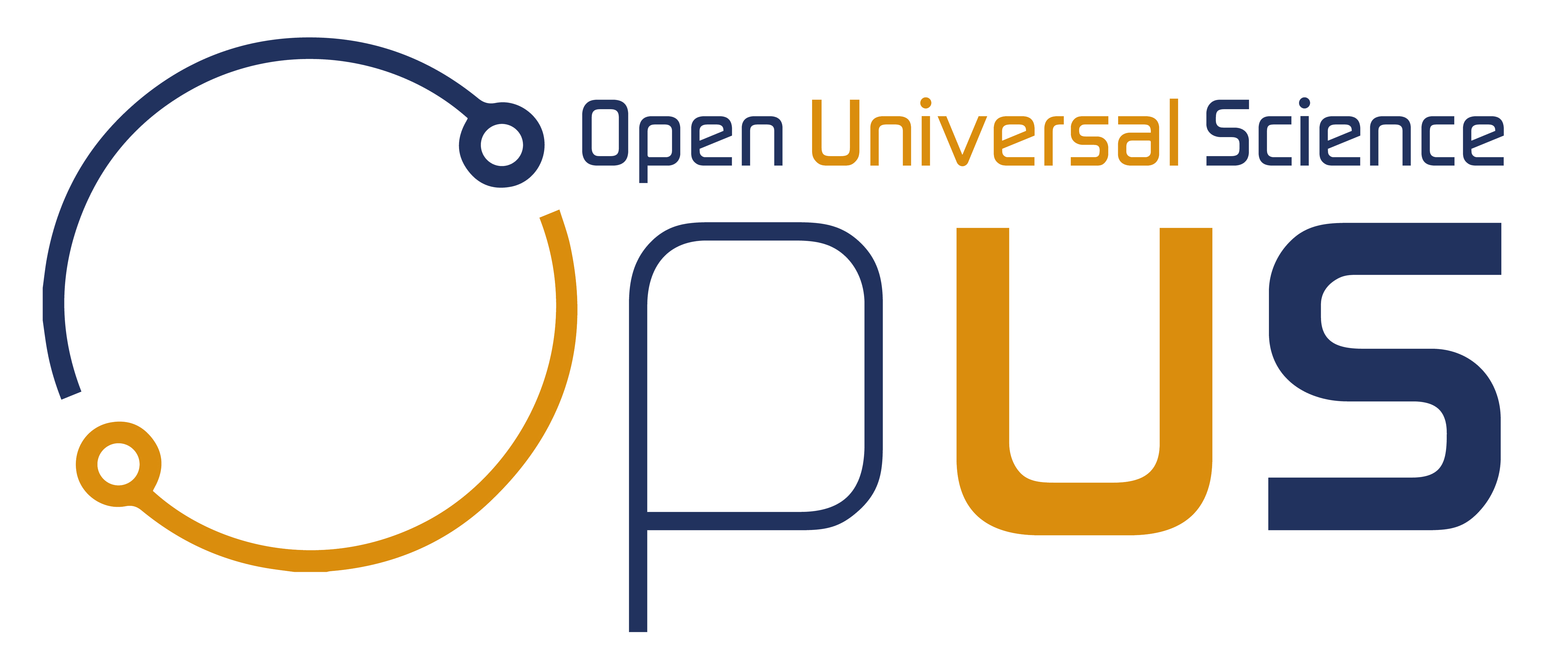
The Role of Open Textbooks in the World of Open Science
The Role of Open Textbooks in the World of Open Science https://opusproject.eu/wp-content/uploads/2024/01/bboks.jpeg 1000 750 Open and Universal Science (OPUS) Project Open and Universal Science (OPUS) Project https://opusproject.eu/wp-content/uploads/2024/01/bboks.jpegIn the ever-evolving landscape of education and research, a new paradigm is emerging that seeks to break down barriers and make knowledge freely accessible to all. This movement, often referred to as “Open Science,” is characterized by a commitment to transparency, collaboration, and the unrestricted sharing of information. Within this framework, one essential component gaining prominence is the use of “Open Textbooks.”
What are Open Textbooks?
Open Textbooks are educational resources that are freely available to the public, allowing students, educators, and researchers to access, use, and distribute them without financial constraints. Unlike traditional textbooks, which can be expensive and have limited accessibility, open textbooks are designed to promote inclusivity and equal access to education.
The Foundations of Open Science:
Open Science is built on the principles of openness, collaboration, and the free exchange of knowledge. It advocates for removing paywalls and other barriers that may hinder the dissemination of information. By embracing transparency and inclusivity, Open Science aims to accelerate the pace of discovery, foster innovation, and democratize access to education and research.
The Role of Open Textbooks:
- Affordability and Accessibility: One of the primary advantages of open textbooks is their affordability. Traditional textbooks can be prohibitively expensive, placing a financial burden on students. Open textbooks, being freely available, alleviate this burden and make quality educational materials accessible to a broader audience.
- Customization and Adaptability: Open textbooks are not static entities. Educators can customize and adapt them to suit their teaching styles and the specific needs of their students. This flexibility allows for a more personalized and effective learning experience.
- Collaboration and Community Engagement: Open textbooks are often developed collaboratively by educators, researchers, and experts from various fields. This collaborative approach fosters a sense of community engagement and collective knowledge creation. As a result, open textbooks can reflect diverse perspectives and expertise.
- Global Impact: In the world of Open Science, the goal is to create a global community where information knows no geographical boundaries. Open textbooks contribute to this vision by being easily shareable and translatable, allowing for the dissemination of knowledge across borders.
Challenges and Future Directions:
While the adoption of open textbooks is growing, challenges such as the recognition of their quality, institutional support, and sustainable funding models still need to be addressed. As the Open Science movement gains momentum, the emphasis on open educational resources, including textbooks, will likely increase. Collaboration between educators, institutions, and policymakers is essential to overcome these challenges and ensure the continued success of open textbooks in the world of Open Science.
Adaptability in Education:
Open textbooks are a cornerstone of the Open Science movement, embodying the principles of openness, accessibility, and collaboration. As the educational landscape continues to evolve, the widespread adoption of open textbooks has the potential to transform the way we approach learning and research. By breaking down barriers to information and embracing the ethos of Open Science, we can unlock the full potential of knowledge for the benefit of all.
Photo via Simmons Voice
- Posted In:
- Open Science News




